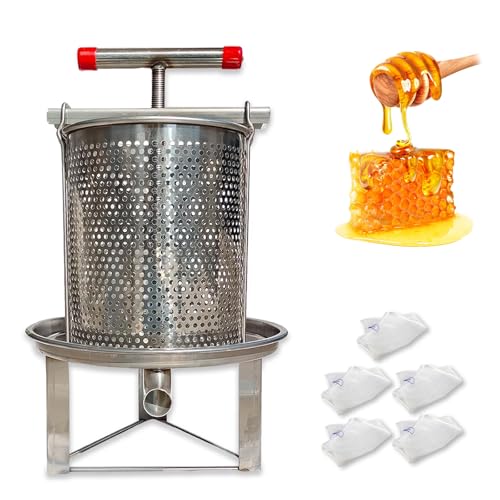Oh, polyisocyanurate is a great insulator! It's got great performance. Just...when it isn't too cold. Which is fine when it's got a nice thick brick wall between it and the outside and you've got the heat trapped in the house to keep it going. But if you've a thin layer of ply over it (or, god forbid, just strapped it to the side of the hive) you can bet it's flipping cold and not doing the best job it could.
That said, some is better than nothing. It goes from a fantastic insulator to a good insulator, but it's at least still an insulator. It's just the performance loss related to its temperature isn't something I see mentioned when people enthusiastically advocate for it. It's very convenient having a solid board to just slot in rather than something compressible like wool, after all. Cheaper, too!
I'd be thrilled to have someone come in and say that I've misidentified kingspan's PIR boards/celotex as being polyisocyanurate like a numpty, though, don't get me wrong. Or that I'm just wrong about the temperature affecting it in general! My information might be fruit of the poisonous tree. But I'm speaking from my layman's understanding at present.
PS: I should clarify that I'm talking about performance reduction in the 10-20% range, so it's still a decent choice.
PS2: Graph of performance here. It becomes less effective as an insulator quite notably at below the 4C mark. But again, we're not talking a 50% drop or anything here. It's quite 'mild'. But it is a property of the material that exists. I just ended up going for a sheep wool/fibreglass blend that I knew wouldn't degrade with age and could handle moisture just fine. Also means I can put a feeder in the top and just drape the wool blankets over it in the roof space! Obviously I have an Opinion, but I'll certainly not say you shouldn't use Celotex/Kingspan if its the most convenient option. I have the blessing of disposable income and time to tinker with financially sub-optimal hobbyist hive builds. If you're pressed for time or money but still want to insulate, sure, slap some insulation board on the sides and top of the hive. It's better than nothing!
View attachment 24965























































